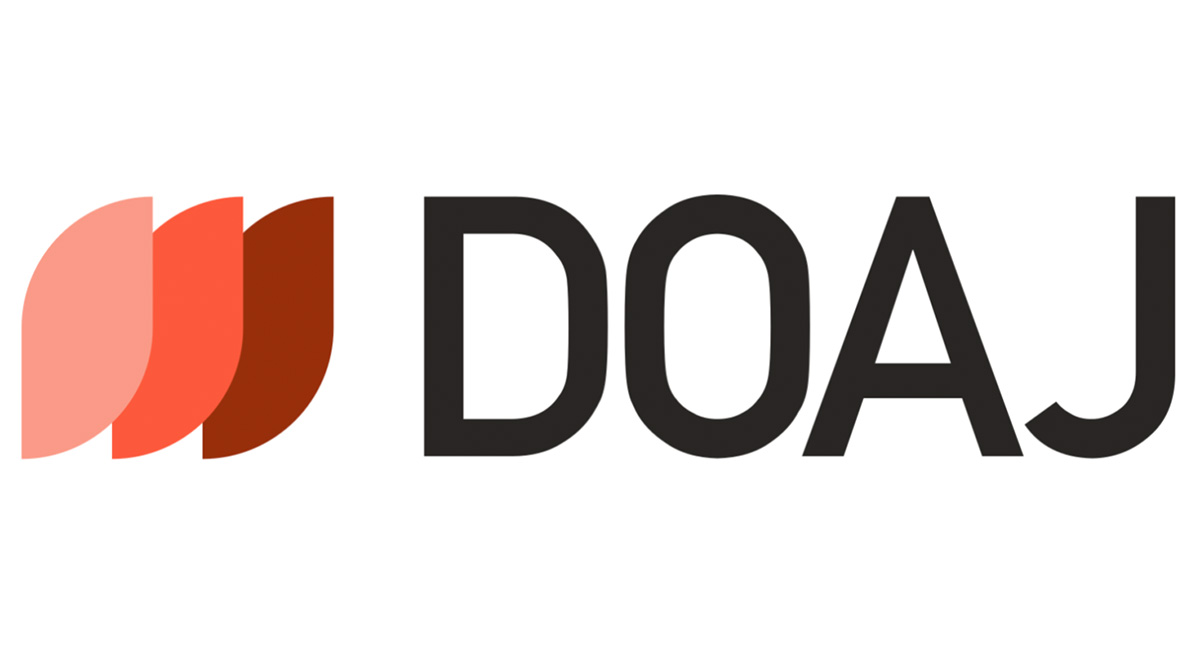A Review paper of overlapping stenosis in artery
DOI:
https://doi.org/10.31185/wjcm.93Keywords:
Artery, Stenosis, overlapping, growthAbstract
Blood diseases are considered one of the most common diseases in the world for humans, which occurs as a result of abnormal growth on the artery wall, which leads to strokes and heart attacks, given that the artery is a tube. There are many types of narrowing of the arteries that can be described mathematically. In this research, we will explain again considering the overlapping stenosis of the artery and describing it mathematically.
Downloads
References
R. Ponalagusamy, Blood flow through stenosed tube (Doctoral dissertation. 1986.
S. Chakravarty and P. K. Mandal, “A nonlinear two-dimensional model of blood flow in an overlapping arterial stenosis subjected to body acceleration,” Mathematical and Computer Modelling, vol. 24, pp. 43–58, 1996.
V. P. Srivastava, R. Vishnoi, and P. Sinha, “Particulate suspension blood flow through a stenosed catheterized artery,” Applications and Applied Mathematics: An International Journal (AAM), vol. 5, no. 2, 2010.
K. S. Mekheimer and M. A. Kot, “Mathematical modeling of axial flow between two eccentric cylinders: Application on the injection of eccentric catheter through stenotic arteries,” International Journal of Non-Linear Mechanics, vol. 47, no. 8, pp. 927–937, 2012.
T. C. Jian and N. Amin, “Analysis of blood flow through a catheterized stenosed artery using Mathematica,” AIP Conference Proceedings, vol. 1750, pp. 30048–30048, 2016.
A. Bakheet and E. A. Alnussairy, “Numerical Simulation of Magnetohydro- dynamic Influence on Casson Blood Flow through Overlapping Stenosed Artery,” Iraqi Journal of Science, vol. 62, no. 3, pp. 1410–1420, 2021.
S. Chakravarty and P. K. Mandal, “Two-dimensional blood flow through tapered arteries under stenotic conditions,” International Journal of NonLinear Mechanics, vol. 35, no. 5, pp. 779–793, 2000.
Downloads
Published
Issue
Section
License
Copyright (c) 2022 Hawraa Dheyaa Asfoor

This work is licensed under a Creative Commons Attribution 4.0 International License.






